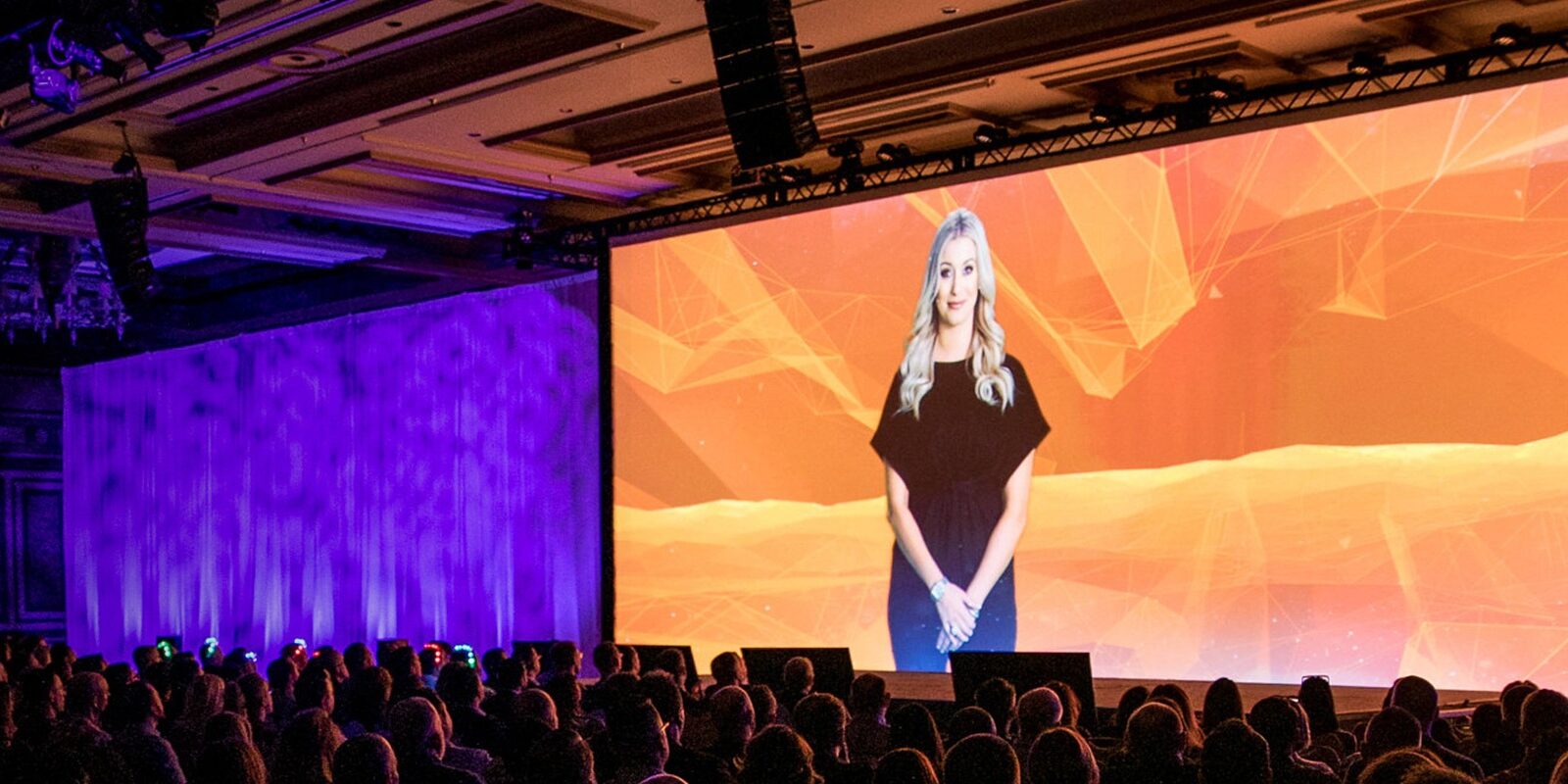A Thorough Analysis of Various Light Emitting Diode Video Screen Technologies and The Uses
A Thorough Analysis of Various Light Emitting Diode Video Screen Technologies and The Uses
Blog Article
LED display screens are increasingly common across different environments, such as concerts, sports events, as well as business presentations. These big screens consist of composed of numerous individual LED panels that work together to create a single cohesive image. There are different kinds of LED video wall technologies available, every having its unique characteristics as well as advantages. Grasping these technologies can help businesses and organizations choose the appropriate solution for their particular requirements.
A common type of Light Emitting Diode video wall solution is the directly viewed LED. This solution uses individual Light Emitting Diode units that are placed near together to form a big display. Direct view Light Emitting Diode screens are known for their high brightness as well as lively colors, which makes them perfect for external events or well-lit illuminated environments. They also have a broad sight perspective, which indicating that viewers can see the display clearly at various positions. This renders directly viewed Light Emitting Diode walls a popular option for sports arenas as well as outdoor festivals.
Another kind of LED video wall solution is the LED illuminated LCD. This solution merges conventional LCD displays and LED backlighting for improved luminosity as well as hue accuracy. LED-backlit LCDs are commonly utilized in interior settings, such as shopping malls as well as meeting spaces. They provide excellent image quality while are typically more affordable than directly viewed LED walls. Nonetheless, they may often function as effectively in well-lit environments, as the backlighting can sometimes wash out the colors.
Another thirdly choice is the OLED video wall. OLED technology offers superior differentiation as well as hue richness compared to other types of displays. Each pixel in an OLED screen emits its individual luminescence, enabling for genuine dark tones as well as lively hues. Such makes Organic Light Emitting Diode display walls particularly appealing for applications that require high-quality visuals, such as art galleries or high-end shopping outlets. Nonetheless, Organic Light Emitting Diode solution can be costlier costly while may often be as luminous as direct view LED walls, rendering it not appropriate for outdoor use.
Along with the aforementioned technologies, there are also multiple uses for Light Emitting Diode video walls. These displays can be utilized for advertising, entertainment, as well led video wall for virtual events as information display. For instance, companies often use LED display screens for digital signage to draw in clients and promote goods. Within entertainment, they enhance the visual encounter at music events and events, providing lively backdrops and engaging images. In corporate environments, Light Emitting Diode video walls can be utilized for demonstrations, visual meetings, and educational programs, helping to convey data through a visually appealing manner.
To summarize, LED display screens come in different types, every with its unique benefits and applications. Directly viewed LED walls are ideal for outdoor use, whereas LED-backlit LCDs are more appropriate for interior environments. OLED display walls offer exceptional visual quality but may be at a higher price. Grasping these variations can help organizations to make informed choices about the best type of LED display wall most satisfies their needs, whether it be for advertising, entertainment, and corporate applications.